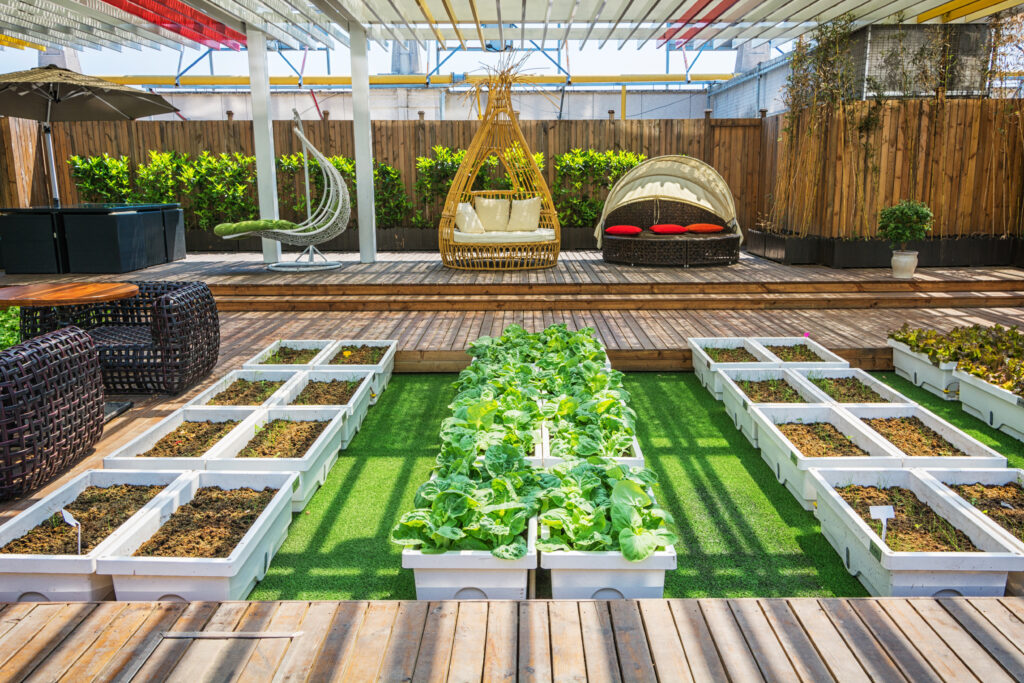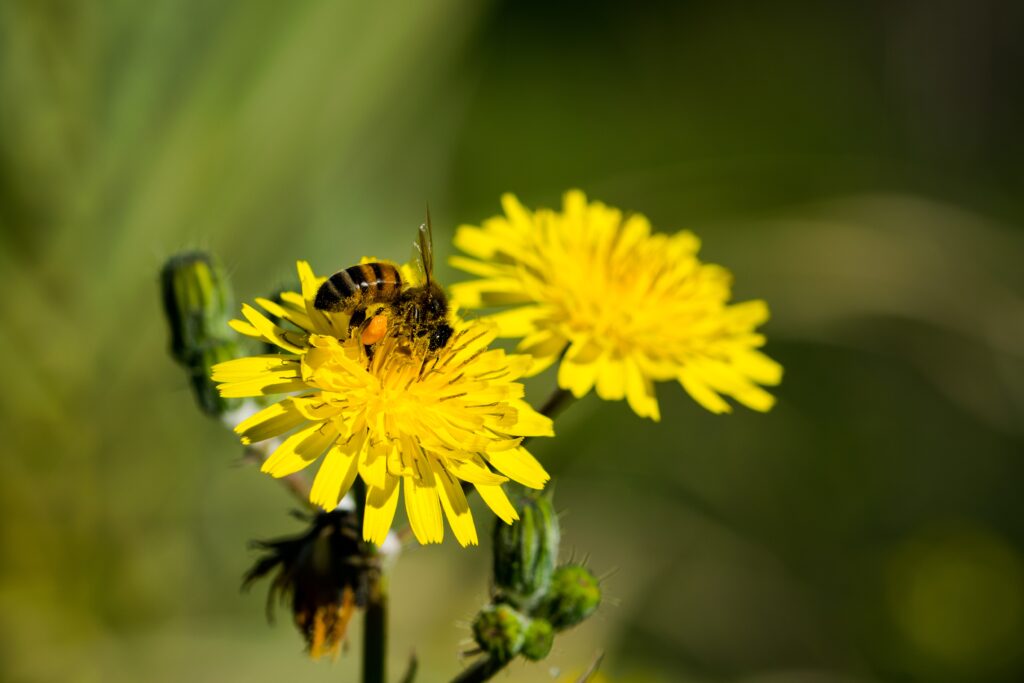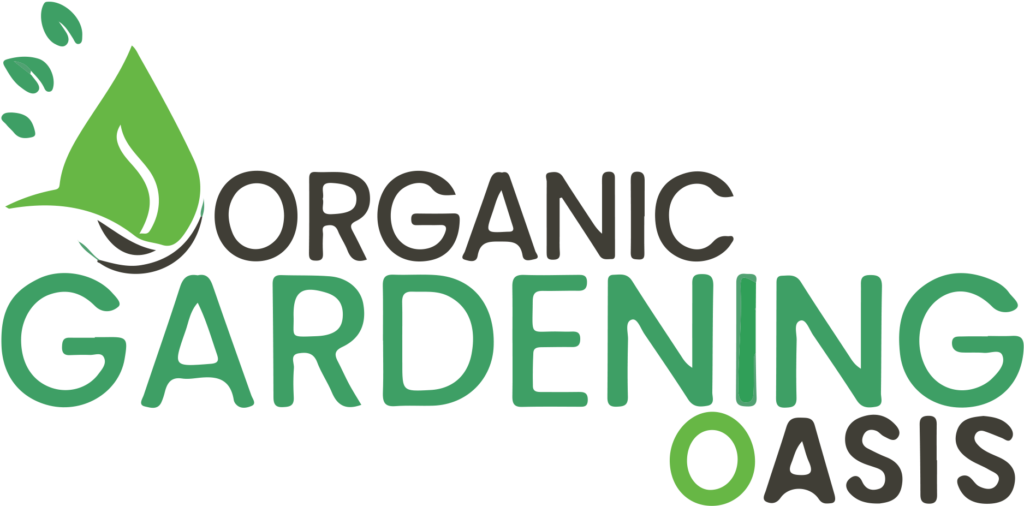Integrating Permaculture Principles in Organic Gardening
Are you looking for a more sustainable way to garden? Permaculture gardening offers an eco-friendly solution that works with nature, not against it. By integrating permaculture principles, you can create a thriving, self-sustaining organic garden with less effort and more reward. Stick around, and by the end of this post, you’ll have the tools to turn your garden into an efficient, sustainable ecosystem!
Start with Observation: Understanding Your Garden Ecosystem
The first step to permaculture gardening is observing your garden. Take the time to watch how sunlight moves across your space, how water flows, and where the wind comes from. This simple practice helps you design a garden that works in harmony with nature.
Tip: Spend a few days noting areas that get more sun or shade, and watch how water drains after it rains. This information will guide you on where to plant different types of crops and how to manage water better.
Building Healthy Soil: The Foundation of Permaculture
Healthy soil is key in both permaculture gardening and organic practices. Instead of using chemical fertilizers, permaculture focuses on building nutrient-rich soil that feeds itself.
How to Build Healthy Soil:
- Compost: Start composting kitchen scraps and yard waste. Compost is full of nutrients and improves soil structure.
- Mulch: Use organic mulch like straw, wood chips, or leaves. Mulching keeps the soil moist and adds organic matter as it breaks down.
- Companion Planting: Plant flowers or herbs that help fix nitrogen in the soil, like clover or beans. This improves soil health naturally.
Water Management: Capturing and Conserving Water
Permaculture gardening teaches us to capture and conserve water naturally. Instead of letting rainwater go to waste, use it to your garden’s advantage.
How to Harvest Water:
- Rain Barrels: Set up rain barrels to collect water from your roof. This is an easy, low-cost way to save water.
- Swales: If you have a larger garden, dig swales (shallow trenches) on slopes to slow down water and let it soak into the ground.
- Mulch: Mulching helps retain water in the soil, reducing the need for constant watering.
Permaculture Zones: Organizing Your Garden for Efficiency
Permaculture zones help you design a garden that saves time and energy. The idea is simple: place high-maintenance plants closer to your home and low-maintenance ones farther away.
How to Use Permaculture Zones:
- Zone 1: Place herbs, vegetables, and crops you use daily closest to your home. These plants need more attention and water.
- Zone 2: Perennials, fruit trees, or plants that need less care go further away from the house.
- Zone 3-5: These are larger areas for natural growth, like wildflowers or woods, which need little to no maintenance.

Creating a Self-Sustaining Garden Ecosystem with Perennials
Perennials are plants that grow back year after year, reducing the need for replanting. They are essential in permaculture gardening because they help create a stable, long-lasting ecosystem.
Top Perennial Plants for Organic Permaculture:
- Comfrey: Great for mulch and compost. It enriches the soil with nutrients.
- Artichokes: Provide food and improve soil health with their deep roots.
- Lavender: Attracts pollinators and repels pests naturally.
Using perennials not only reduces your workload but also supports a healthy garden ecosystem year after year.
Encouraging Biodiversity: Natural Pest Control and Pollination
Permaculture promotes biodiversity, which leads to healthier gardens. By planting a variety of flowers, vegetables, and herbs, you create a balanced environment that attracts beneficial insects and naturally repels pests.
Tips to Encourage Biodiversity:
- Plant Native Flowers: Native plants attract bees, butterflies, and other pollinators that help your garden thrive.
- Companion Planting: Combine pest-repelling plants (like marigolds) with vegetables to protect them naturally.
- Beneficial Insects: Encourage helpful insects like ladybugs and bees by creating small habitats with stones or water features.

Closing the Loop: Recycling Waste in Your Garden
One of the best principles in permaculture gardening is recycling everything. Nothing goes to waste! From kitchen scraps to garden clippings, everything can be reused to create a more sustainable garden.
Ways to Recycle in Your Garden:
- Composting: Compost all food scraps, grass clippings, and leaves to feed your soil.
- Reuse Materials: Use old containers, wood, or bricks to build raised beds or garden paths.
- Greywater: Safely reuse water from sinks and showers to water your plants, reducing waste.
FAQs
How do I start applying permaculture principles if I’m a beginner?
Start small by observing your garden’s natural patterns, like sunlight, water flow, and wind. Then, focus on building healthy soil through composting and using natural mulch. Over time, you can gradually implement more permaculture principles.
Can I practice permaculture in a small garden?
Yes! Permaculture gardening works in any space, whether you have a small backyard or even a balcony. Use vertical gardening, companion planting, and smart water management to make the most of limited space.
What’s the difference between permaculture and organic gardening?
Organic gardening focuses on growing without chemicals, while permaculture is a holistic design system that considers the entire ecosystem, aiming for sustainability and self-sufficiency.
Conclusion
Integrating permaculture principles in organic gardening allows you to create a sustainable, self-sufficient garden that works with nature. From building healthy soil to managing water wisely, each step helps you grow a thriving garden with less effort. Start small, observe, and apply these practices to enjoy a more sustainable, rewarding gardening experience!
To learn more about organic gardening, keep visiting the top organic gardening blog.
